(Photo source: DENR-NCR)
Did you know there's a type of land that acts like a giant sponge, naturally soaking up pollutants and filtering our water? These unsung heroes are called wetlands, precious ecosystems often undervalued despite their critical role in protecting our environment and ourselves.
Almost 87 percent of wetlands have vanished in the past 300 years due to human activities, according to the World Wide Fund for Nature (WWF). Yet, hope remains! The Philippines boasts of 342 protected wetlands, and now, one gets a well-deserved spotlight with the opening of the country's first wetland museum in Las Piñas-Parañaque Wetland Park (LPPWP) in Metro Manila.
This exciting initiative underscores the importance of recognizing these ecosystems and safeguarding them for future generations. Let's explore why wetlands deserve our appreciation and what we can do to ensure their survival.
Out of the 342, Metro Manila has five (5) important wetland areas, namely:
- The Tagalag Fishing Village - small fishing village that is home to several species of waterbirds in Valenzuela City;
- La Mesa Watershed - a natural basin and water reservation area in Quezon City, it drains parts of Caloocan City, Quezon City, Bulacan and Rizal Province;
- Tanza Marine Tree Park - mangrove enrichment area located in Navotas City, home to almost 12,000 bird species;
- Laguna de Bay - largest freshwater lake in the country and third largest in the Southeast Asian Region. The cities of Taguig and Muntinlupa share its ecosystem with other areas in Luzon; and
- The Las Piñas-Parañaque Wetland Park (LPPWP) - a protected area shared by both cities that consists of a beach, mangrove forest, mudflats, salt marshes, ponds, and lagoons.
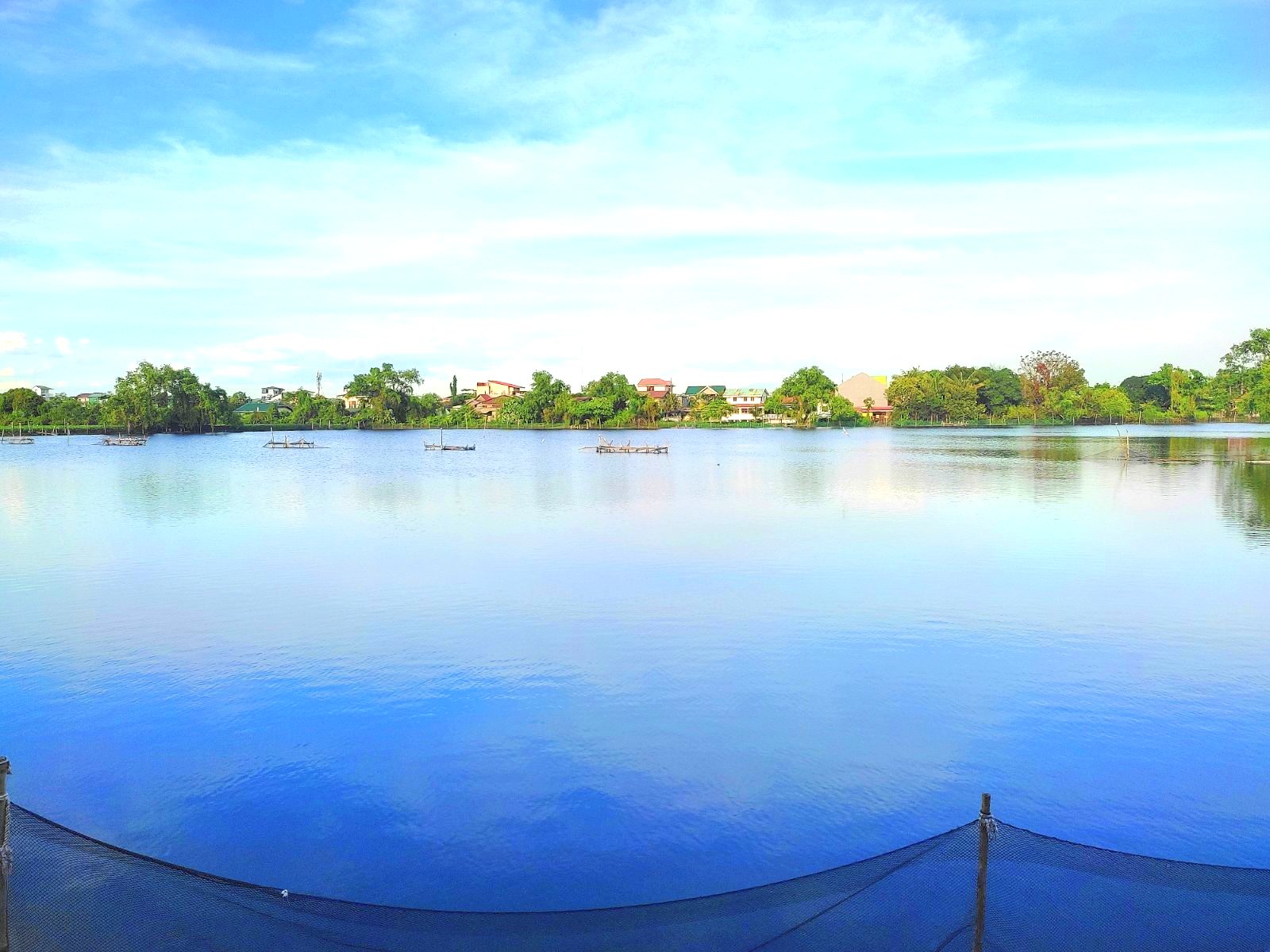
Tagalag Fishing Village in Valenzual City (PIA file photo)
What are wetlands?
The RAMSAR Convention, an intergovernmental treaty that recognizes the importance of wetlands defines it as “areas of marsh, fen, peatland, or water, either natural or artificial, permanent or temporary, that are covered with water, either static or flowing.” To put it simply, wetlands are lands covered with water.
Benefits of our wetlands:
- Home to various animal and plant species
- Fights climate change by its carbon storing ability
- Supports rice cultivation
- Act as a natural waste-water treatment facility, absorbs pollutants
- Acts as a flood control mechanism, protects shores from tsunamis
- Source of food, fiber, fuel and genetic materials
- Improve water quality and provide fresh water for drinking
Wetlands against climate change
According to WWF, wetlands can store 50 times more carbon than rain forests, keeping gasses that contribute to climate change like carbon dioxide, methane and nitrous oxide out of the atmosphere.
Wetlands as natural water filter
Wetlands absorb pollutants like heavy metals and phosphorus in their soils. It can also physically and chemically break down bacteria.
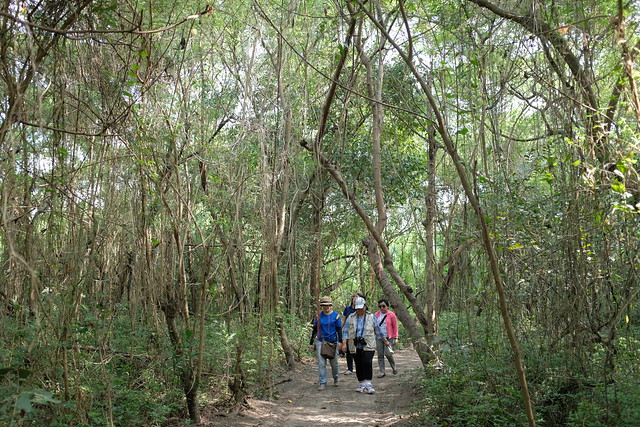
Inside Las Piñas-Parañaque Wetland Park (Photo source: DENR)
Threats faced by our wetlands
However, with these benefits to the human population, wetlands still face a number of challenges such as:
- Pollution from domestic and industrial sources
- Climate change
- Over exploitation
- Conflicting policies
- Wrong and incompatible usage
What will happen if our wetlands disappear?
If wetlands disappear, our drinking water will be much more expensive. Birds and fish species will be displaced and die, threatening food security and livelihood.Communities will experience much worse floods, storm surges can easily progress to inland cities.
The Department of Environment and Natural Resources (DENR) - NCR is primarily responsible for the conservation and management of the wetlands in the region. They manage and assess wetlands to be able to optimize its benefits, without harming its natural ecosystem.
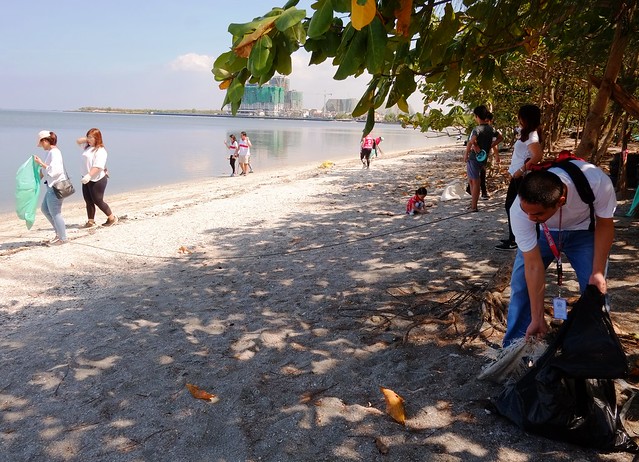
Conduct of regular clean up drive in the Las Piñas-Parañaque Wetland Park (Photo source: DENR)
Cleanup drives and tree planting activities are a regular initiative in and around these wetlands to maintain its preservation. Apart from these, the agency also advocates to spread awareness of the fascinating world of wetlands, its characteristics, benefits and how people can help preserve this crucial ecosystem by conducting educational tours and information drives.
First wetland museum in PH
In celebration of the World Wetlands Day (WWD) 2024, the DENR-NCR through its Protected Area Management Office unveiled the first wetland museum in the country on February 2.
It will serve as a platform for advocating wetland conservation. It aims to let people appreciate and help preserve wetlands, not just in NCR, but also around the Philippines.
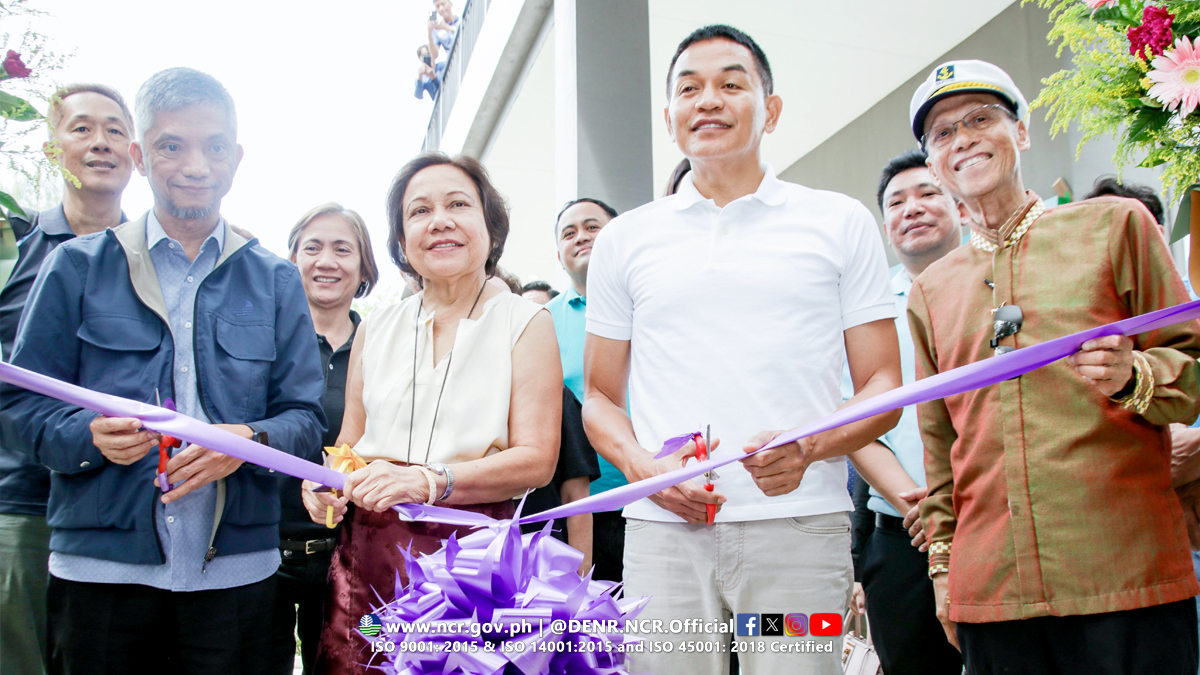
Senator Cynthia Villar and Parañaque City Mayor Eric Olivarez leads the ribbon cutting ceremony of the museum, joining them is DENR-NCR OIC Assistant Regional Director for Technical Services Engr. Henry P. Pacis. (Photo source: DENR-NCR)
Present in the event were Senator Cynthia Villar, Parañaque City Mayor Eric Olivarez, DENR-NCR OIC Assistant Regional Director for Technical Services Engr. Henry P. Pacis, and other officials and employees of the DENR-NCR.
In a statement, Senator Villar, who also sits as the chairperson of the Senate Committee on Environment and Natural Resources recognizes the importance of wetlands for the benefit of future generations.
“We actively protect and strongly defend the breadth and depth of our territories to ensure that the future generation of Filipinos will still have the opportunity to take pride and find joy in our country’s rich biodiversity,” she said.
“The Wetland Museum serves as a testament to the collaborative efforts dedicated to the preservation and appreciation of our natural heritage, strategically nestled within the renowned LPPWP, aims to serve as a beacon of awareness and understanding about the significance of wetlands in the ecological balance,” said OIC Engr. Pacis for his part during the inauguration and ribbon cutting ceremony of the museum.
Surprise your loved ones with a visit
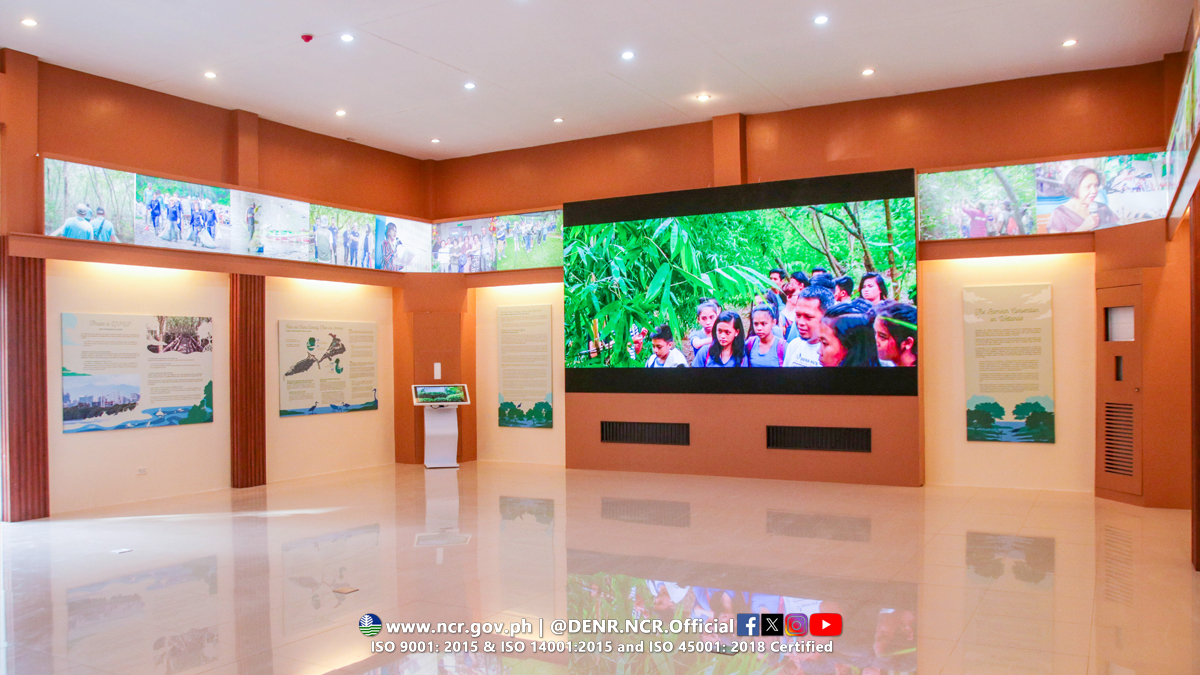
Inside the Wetland Museum (Photo source: DENR-NCR)
The Wetland Museum is in its initial phase of development but visitors can expect an immersive experience featuring interactive displays, educational exhibits, and captivating installations showcasing the diversity and importance of wetland environments. It sheds light on the threats experienced by wetlands like habitat loss and pollution, encouraging community engagement in protecting these precious areas.
DENR-NCR, is steadfast in its commitment to advancing the museum's capabilities. It plans to transform the space into a vibrant hub for wetland education and advocacy, fostering a community that values and actively participates in the preservation of these vital ecosystems.
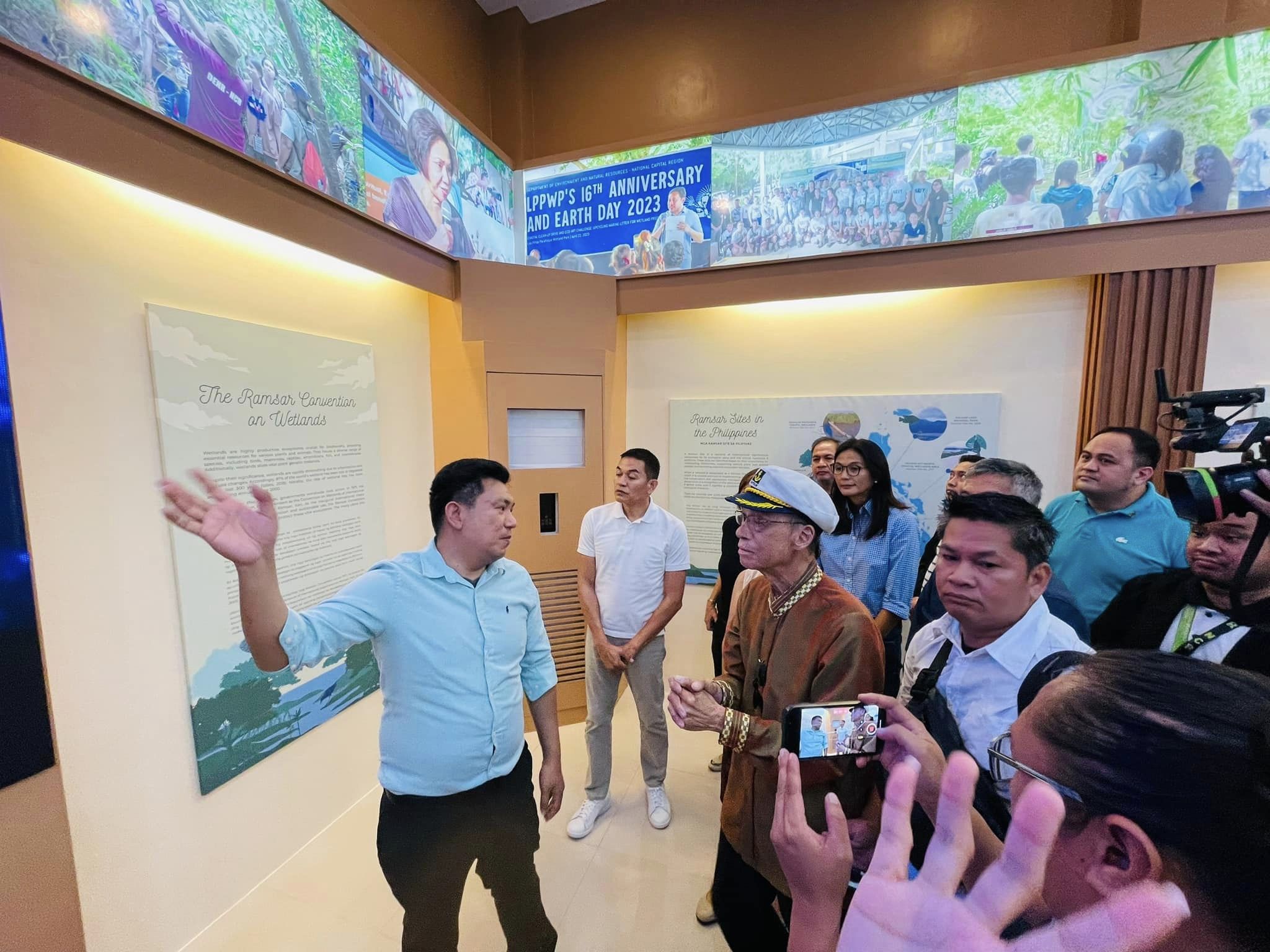
Visitors inside the Wetland Museum during its unveiling (Photo source: DENR-NCR)
How to visit the Wetland Museum?
The Wetland Museum is located inside the Wetland Centre Complex in Las Piñas-Parañaque Wetland Park (LPPWP). Its entrance can be accessed right before the first toll gate of Cavitex southbound.
The admission is free and it is open from 8:00 am to 5:00 pm. For inquiries, contact the LPPWP Protected Area Management Office via mobile phone at 0991-771-2566. (JVD/PIA-NCR)
